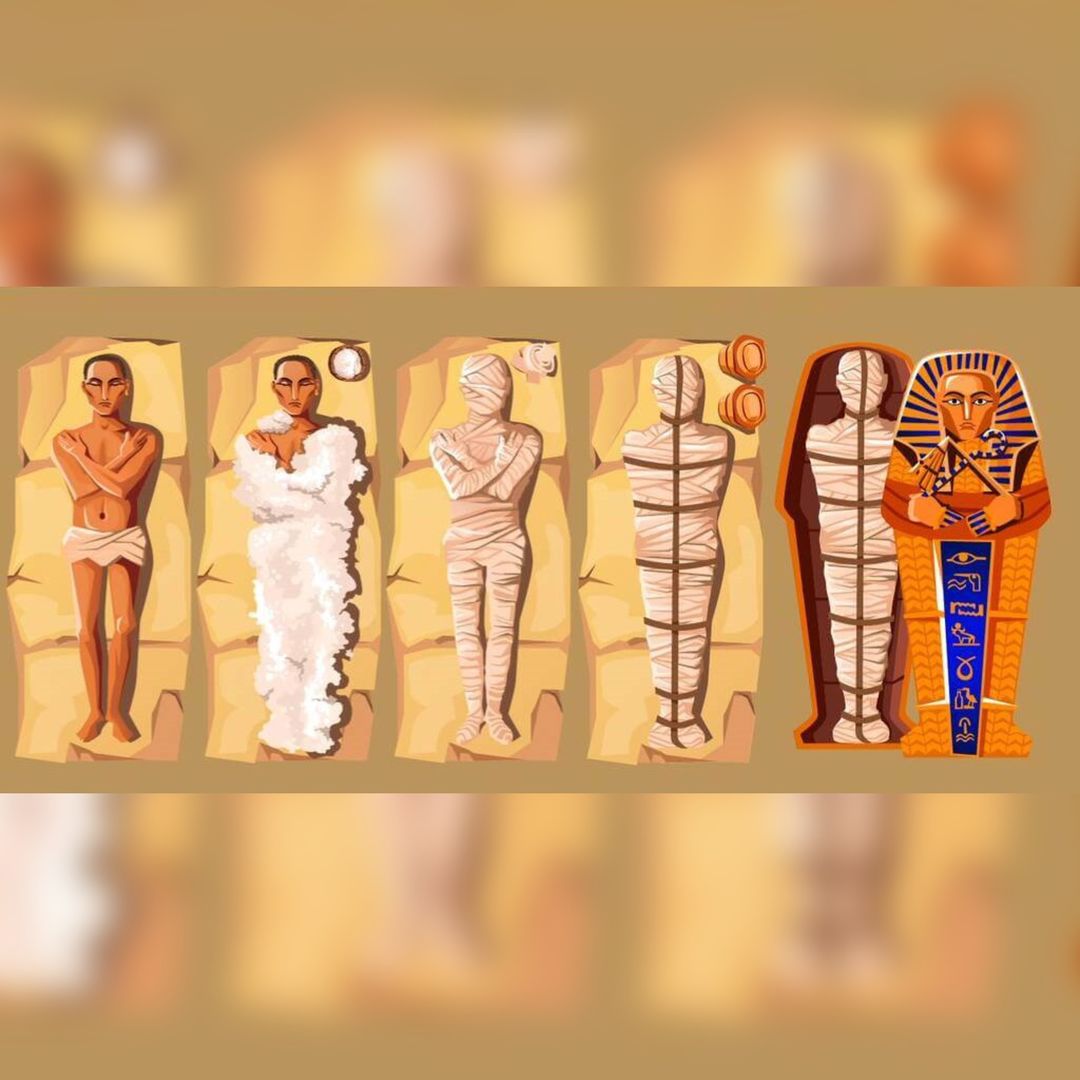The Decline of Mummification in Ancient Egypt: Cultural and Religious Shifts
Mummification stands as one of the most enduring symbols of ancient Egyptian civilization, a practice rooted in their deeply spiritual beliefs about the afterlife. The Egyptians believed that preserving the body was essential for the deceased to enjoy eternity, as the physical form was thought to house the soul. For over three millennia, this ritual was meticulously practiced, with estimates suggesting that more than 70 million mummies were made during this period. However, the practice did not last forever. Between the 4th and 7th centuries AD, mummification fell out of favor as Egypt transitioned into the Christian era.
The Rise and Pinnacle of Mummification
The origins of mummification in Egypt date back to the prehistoric period, but it was during the Old Kingdom (c. 2686–2181 BC) that it became
a formalized process
, associated with the elite and royalty. As time progressed, mummification techniques became
more sophisticated
, involving the removal of internal organs, desiccation of the body with natron, and wrapping the corpse in linen. The purpose was clear: to safeguard the body from decay, thus ensuring the deceased’s survival in the afterlife.
Mummification reached its zenith during the 21st Dynasty (1069–945 BC), particularly during the period known as the Third Intermediate Period. The political fragmentation of Egypt at this time saw an increasing importance placed on religious practices, with the priesthood, especially of Amun, playing a central role in the society. The detailed and intricate processes of mummification were perfected, and the practice was no longer reserved exclusively for royalty. People from all walks of life, provided they had the means, could be mummified.
Religious Changes and the Decline of Mummification

The decline of mummification began gradually,
starting around the 4th century AD
. By this time, Egypt had been part of the Roman Empire for several centuries, and Christianity was spreading rapidly across the region.
The Edict of Milan
in 313 AD legalized Christianity, and over time, Egypt’s deeply ingrained pagan traditions began to be replaced by Christian practices.
Christianity brought with it a different understanding of the body and the afterlife. Whereas the ancient Egyptians believed that preserving the body was essential for the soul’s journey in the afterlife, Christians emphasized the resurrection of the soul rather than the preservation of the physical form. This theological shift rendered mummification unnecessary and, in many Christian circles, inappropriate. By the 7th century AD, Egypt had largely ceased its mummification practices.
The End of an Era
Mummification’s decline was not only religious but also cultural. As Egypt transitioned from a society dominated by its ancient religious traditions to one integrated into the Christian and later Islamic world, many aspects of its ancient culture were abandoned. The old temples fell into disuse, hieroglyphic writing disappeared, and with it, the art and tradition of mummification faded into history.
The cessation of mummification marks a significant transformation in Egypt’s religious and cultural identity. What had once been a cornerstone of their belief system was abandoned in favor of new spiritual ideals. However, the legacy of mummification endures in the thousands of mummies discovered by archaeologists, offering an enduring connection to a civilization whose beliefs about life, death, and the afterlife still captivate the imagination today.
The stopping of mummification in Egypt was a direct result of the rise of Christianity and the shift in religious priorities that came with it. As the ancient practices faded, a new spiritual order took hold, shaping the Egypt we know from the late Roman period through the Byzantine and Islamic eras. This transition underscores the profound impact that religious and cultural changes can have on the long-standing traditions of a society, ultimately marking the end of a practice that had defined ancient Egypt for over three millennia.
Though the mummification process may no longer be in practice, its echoes remain a vital part of the historical and archaeological narrative, offering insight into one of history’s most intriguing civilizations.
